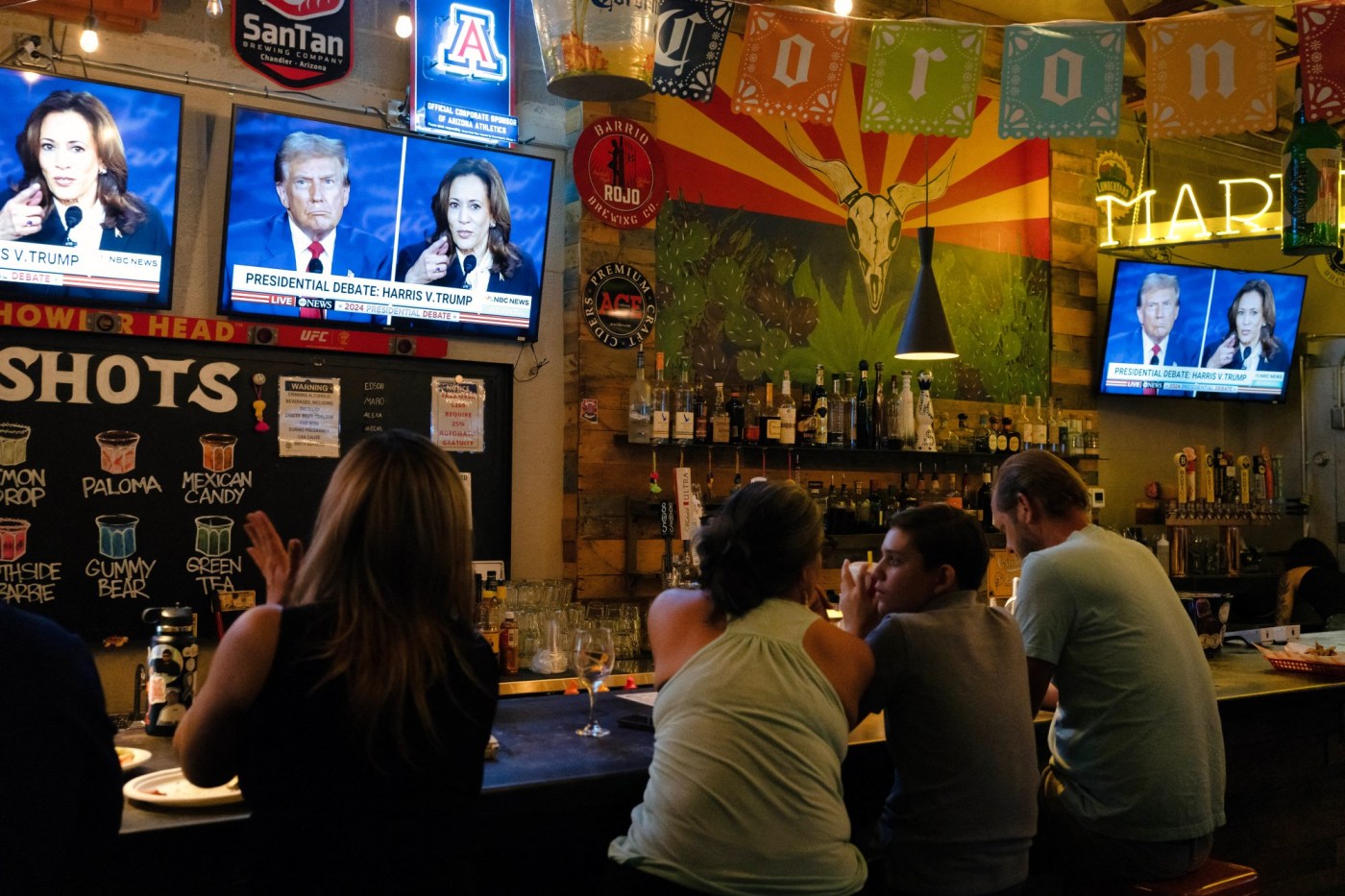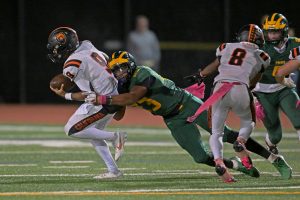By LINLEY SANDERS and AMELIA THOMSON-DEVEAUX
WASHINGTON (AP) — The presidential race is competitive.
That’s about as much as the national polls can tell us right now, even if it looks like Democrat Kamala Harris is down in one poll or Republican Donald Trump is up in another.
And that’s just fine.
Even though polls are sometimes treated as projections, they aren’t designed to tell you who is likely to win.
Polls are better for some things than others. Tracking shifts in voter intention is hard to do with a survey, particularly when the number of truly persuadable voters is relatively small. Voters’ opinions can change before Election Day and they often do. Horse race polls can only capture people’s viewpoints during a single moment in time. Even then, a margin that looks like one that could decide an election — say, one candidate has 48% support and the other has 45% support — might not be a real difference at all.
When reporters at The Associated Press are covering the election, horse race polling numbers don’t take center stage. The reason for this is that the AP believes that focusing on preelection polling can overstate the significance or reliability of those numbers.
Election-year polls are still useful, particularly when they’re trying to assess how the public is feeling about the candidates or the state of the country. They told us quite clearly, for instance, that many Americans wanted Democratic President Joe Biden to drop out of the 2024 race. But they’re not the same thing as an election result, and even a poll conducted just before Election Day still reflects opinion before all ballots have been cast.
Even in high-quality polls, each finding is just an estimate
Polls are useful tools, but it’s important not to overstate their accuracy. After all, a polling organization can’t talk to every single person in the country. They instead rely on a sample to produce a statistically valid estimate of the views of all adults. Even though polls can give a reasonable approximation of the views of the larger group, the question is how much each finding could vary.
The margin of error, which all high-quality pollsters will share along with their results, helps capture some of that uncertainty. It means that in a poll with a margin of error of plus or minus 3 percentage points, a finding that 47% of voters say they’ll support a particular candidate actually means that there’s a very good chance that anywhere between 50% and 44% of voters are supporting that candidate. If the other candidate has 45% support, which could really be anywhere from 42% to 48%, the 2 percentage point difference isn’t statistically meaningful.
That’s why the AP will only say a candidate is leading if that candidate is ahead by more than twice the margin of error.
When you’re looking at a subgroup, rather than a national sample, the potential error is even larger. The fewer people interviewed, the larger the margin of error. This means that state-level polls or polls that measure the views of a subgroup such as women, men, Hispanic Americans or Black Americans are subject to even more error than a national finding.
The margin of sampling error is not the only source of survey error. It is simply the only one that can be quantified using established statistical methods. But there are other factors, too. The wording and order of questions can affect how people answer. An interviewer’s skill can have an effect. Even in high-quality polls, some respondents may be less likely to answer, which means their views can be underrepresented.
Don’t forget about the Electoral College
National polls measure how voters all over the country are thinking about the election. But that’s not how we elect presidents.
Related Articles
Tiffany Trump is pregnant, according to her dad
Doctors urging conference boycotts over abortion bans face uphill battle
Crime is down, FBI says, but politicians still choose statistics to fit their narratives
Feeling stressed about the election? Here’s what some are doing and what they say you can do too
US House control teeters on the unlikely battleground of heavily Democratic California
The Electoral College system means that presidential elections are functionally decided by a small number of states. So in some ways, looking at polls of those states is a better way to assess the state of the race.
But state-level polls introduce their own challenges. They’re not conducted as frequently as national polls and some states get polled more often than others. Also, the number of people surveyed for state polls is often smaller than for national polls, which means the margin of error is broader.
What about polling averages?
Some media outlets or organizations publish polling averages or aggregates that combine the results of multiple polls into a single estimate. There are some organizations that create polling averages or models during elections that attempt to determine which candidate is leading in overall polls.
But averaging poll results does not eliminate polling error and it can introduce additional problems. Polling averages contain their own methodological decisions, such as which polls are included or receive greater weight. Some of them also include other factors such as the state of the economy to turn those estimates into forecasts.
In election polling, survey averages can provide a general sense of the state of a race. But it’s also important to not overstate the accuracy of an average or expect it to be a crystal ball into the election outcome. Sometimes the individual results of multiple different polls can provide a better sense of the potential array of outcomes than an average boiled down to a single number.












